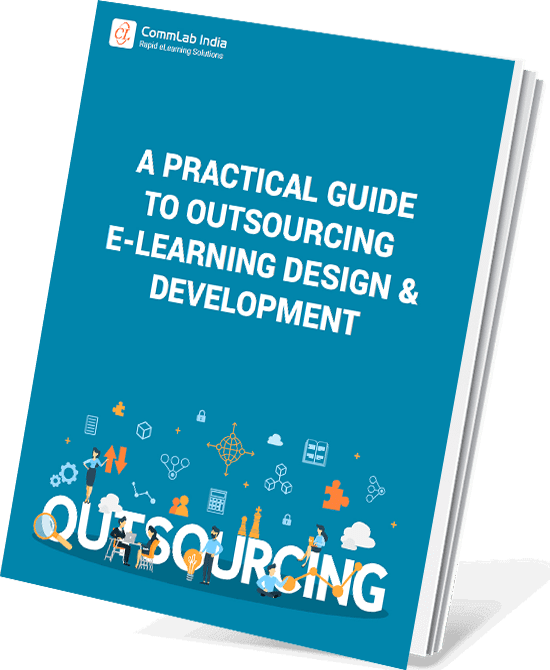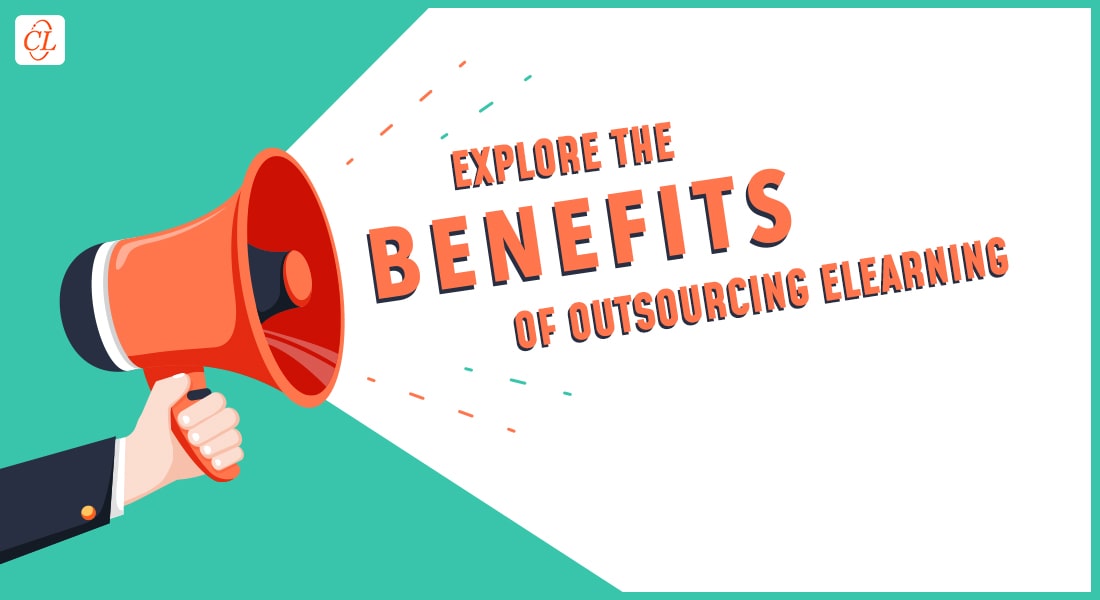To Buy or Build Your E-learning, Which Road to Take?

Once you have made the decision to implement e-learning in your organization, the other big decision you need to take is whether to buy the e-learning or build it in-house. Of course, the decision to build your e-learning courses depends on whether you have the required resources. If not, you can outsource your requirements to a vendor who provides customized e-learning solutions. But no matter what your decision is, whether to buy, build, or outsource, it must be made after careful thought. This is because a decision taken in haste can have long -term repercussions on your business.
→ Download eBook: Selecting the Right Vendor for eLearning Development Outsourcing
Few organizations come to a well-thought out decision. Some common but hasty decisions made by organizations and their repercussions are:
- Build the course in-house and save money: Organizations spend time and effort in building courses, but end up with a course that is text-heavy, incomplete, and hard to understand. They have very low success rates too.
- Making a course when similar ones are easily available: In an attempt to build a better course than generic ones, some companies try to create one using authoring tools, but end up spending more time in reviews and iterations. The investment of time, money, and efforts does not bring the desired results that a similar off-the-shelf course would have provided.
- Trying to repurpose existing classroom training: Some companies try converting classroom training to e-learning without adequate knowledge. They do not realize that the content cannot be used in its existing form and needs to go through a conversion process which can only be handled by experts.
The decision to buy, build, or outsource part of the development process depends on three factors.
- Objective of the course
- Type of usage you anticipate
- Budget of your training program
Being aware of them will help you make the right choice and avoid the mistakes mentioned above.
When to buy:
You can buy a course when the readymade content meets your organization’s training requirements, the information is generic, and you do not have the resources to develop the course in-house. It makes sense to buy when:
- Training is limited to one or two languages and geographies
- Training is only for a few leaners
- The course has to be developed for a large workforce under tight deadlines
- It is acceptable to use the same generic content used by other organizations
- You are happy with what is readily available
Training on generic topics such as presentation skills, leadership development skills, or business accounting can be done with off-the-shelf courses. But these courses come with their pros and cons:
Pros:
- Cheaper compared to building the course in-house because the development costs are distributed among many developers
- Saves time as design, development, and quality testing is taken care of by the vendor
- Faster deployment and quicker access by users
Cons:
- Content may not be perfectly relevant as the course is designed for a varied audience
- Course may not meet your specific needs as the vendor may not be aware of your core business
- Might not meet your unique learning needs
Consider these aspects before deciding to buy an off-the-shelf course.

A Practical Guide to Outsourcing E-Learning Design & Development
Tips and Best Practices for an Effective Outsourcing Journey
- eLearning Elements that can be Outsourced
- Tasks Before Outsourcing
- Tips for Selecting the Right eLearning Vendor
- Ways to Support your Vendor
When to build:
Building a course is the right option when:
- You want to educate your employees on your product and services
- You want to explain a procedure specific to your organization
- You want to educate learners on a system that was built in-house. The course is expected to have a long shelf-life and accessed by a large number of learners
- The course will be used for a long period of time
Based on this, it makes sense to create the course in-house or outsource it to a custom e-learning service provider.
Building the course is an option when:
- Information contained in the course is confidential and proprietary
- Requires customization; company-specific language or graphics
- Training is required across multiple languages and geographies which requires consideration of cultural nuances
- You have the necessary resources
- Management has a well-planned training strategy
- There are no time constraints to develop the course
Customized courses too come with their share of pros and cons.
Pros:
- Meets the unique training needs of the organization
- Speaks the language of the organization and does not require a user license
- No limitations on the number of users
- Can be altered or improved based on the changing requirements of the business
- Modules can be tested for efficacy and more added if required
- Developers will build the course according to your requirements
- You have complete ownership of the course
Cons:
- Development costs are on the higher side
- Time and involvement of stakeholders is crucial
- Adequate or qualified in-house resources may not be available
- E-learning development may not be your organization’ s strong point
Other options
However, it is possible to build a customized e-learning course without starting from scratch. You can:
- Provide the content and outsource the development of the content to a custom eLearning company.
- Take care of the instructional design part and outsource the development of the course.
- Tweak an off-the-shelf course to meet your requirements, provided you have the required permission.
The decision to buy or build your e-learning course should be arrived at after a careful consideration of the costs, available budget, and resources. You can choose to buy some of the courses and build some on your own. But remember, your decision should be based on your learner needs, course requirements, and your development expertise. The decision needs to be taken after a careful assessment of the resources required to develop a e-learning course. This aspect will be discussed in my next blog. Stay tuned.





